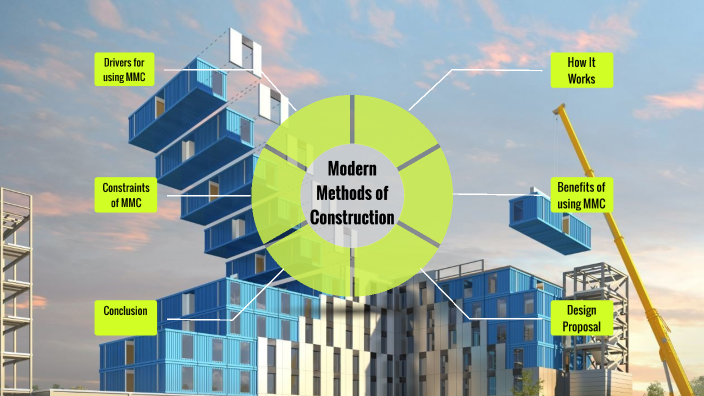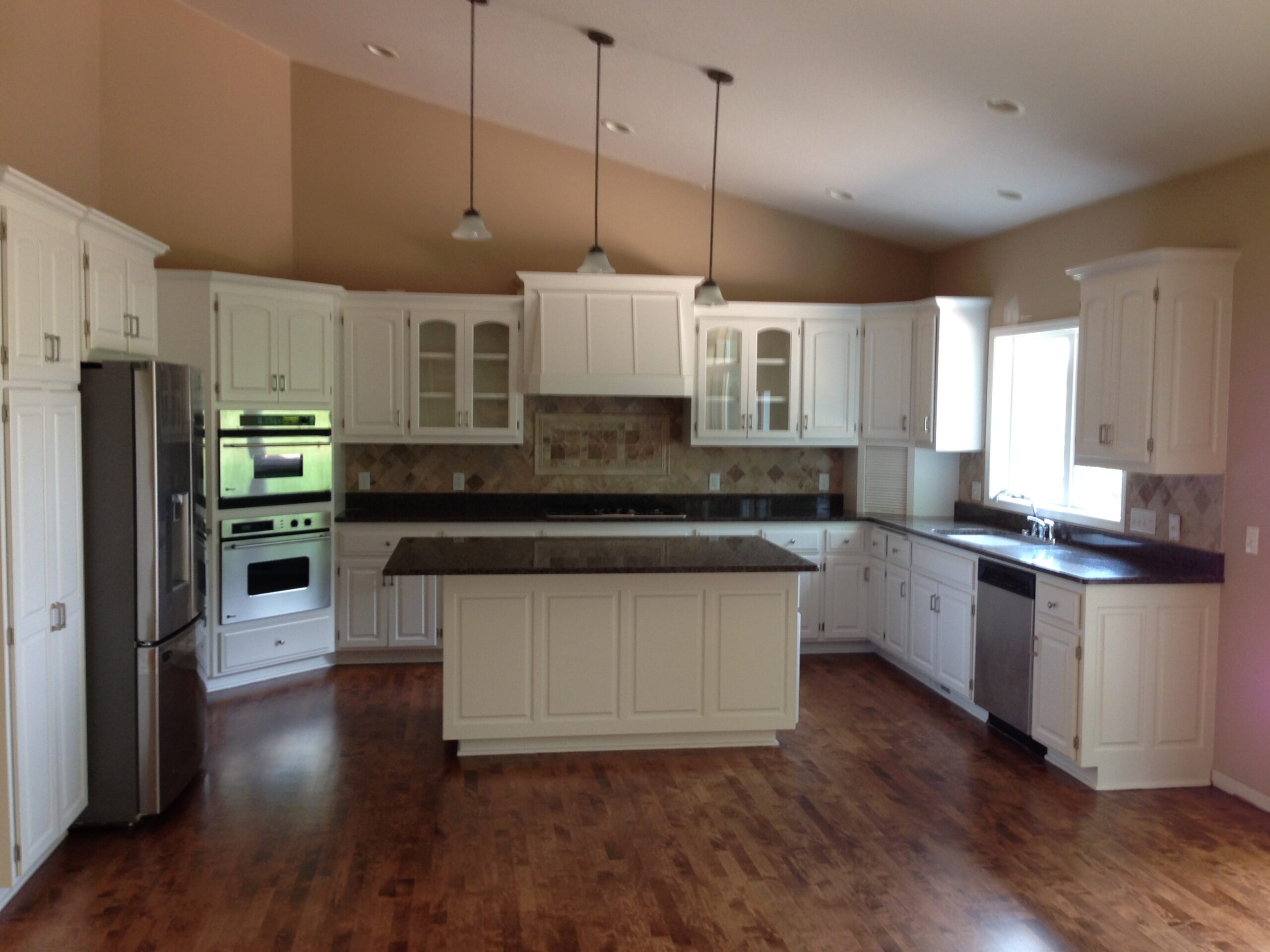What Are The Two Methods Of Construction
Construction is a vital part of development and progress. It encompasses the process of planning, designing and constructing buildings and structures. Two main methods of construction are used in modern building projects: traditional construction and design-build construction. Traditional construction involves a three-step process in which an owner hires professionals to design, bid on, and construct a project. Design-build construction is a single-source approach that combines the design and building processes into one contract.
Traditional Construction
Traditional construction refers to the standard building techniques and materials used before the introduction of more modern methods like prefabrication and modular construction. If you’re interested in learning more about traditional construction, contact Sterling-Watson Collective for their expertise in this area.
One advantage of traditional construction is that it creates sturdy structures that can withstand natural disasters such as earthquakes or storms. However, this method may not be as cost-effective as newer methods like prefabricated building systems or modular construction. Additionally, traditional construction may require more maintenance than alternative methods due to its reliance on materials like wood that are susceptible to rotting over time.
In conclusion, while traditional construction may have some drawbacks compared to newer methods of building, it remains a trusted way to construct high-quality buildings with longevity at their core. Ultimately, the choice between traditional vs modern methods will depend on factors such as budget constraints and project requirements, but both options have their merits depending on what you’re looking for in your structure.
Prefabricated Construction
Prefabricated construction, or prefab for short, is a modern construction method in which sections of a building are manufactured off-site in a factory and then transported to the building site for assembly. One benefit of prefabrication is that it can be much faster than traditional construction since much of the work occurs simultaneously both on and off-site. To learn more about prefabricated construction or to discuss your project needs, feel free to contact Sterling-Watson Collective. They specialize in architectural design and sustainable construction, including ADU construction in Santa Monica.
Modular construction involves constructing individual modules off-site that can then be transported to the final location where they are assembled like building blocks. This method allows for greater flexibility in design and customization while also reducing costs associated with on-site labor and materials.
Penalized construction, on the other hand, involves fabricating pre-made wall panels, roof trusses, and floor systems that are then transported to the site for installation. This method is often used in residential home building projects due to its ease of use and ability to speed up the overall timeline of the project.
Pros & Cons of Each Method
Method 1: Traditional Construction
This method of construction involves using materials like bricks, concrete and steel to build a structure from scratch. One of the biggest advantages of this method is that it is tried and tested- meaning that it can be relied upon to produce solid structures with minimal risk of structural failure. It is also versatile in terms of design possibilities and can be used for multiple purposes such as residential homes, commercial buildings, schools etc. However, traditional construction can be expensive due to the high cost of materials and labor involved.
Method 2: Prefabricated Construction
In contrast to traditional construction, prefabricated construction involves assembling pre-manufactured components onsite rather than building them from scratch. The benefits include faster completion times since many parts are already built offsite beforehand in factories; lower cost due to reduced labor costs; sustainability through minimizing waste production during the manufacturing process; flexibility in design options. However, there may also be some limitations depending on the manufacturer’s capabilities or available designs which could limit potential customization options compared to traditional methods. Additionally, transportation logistics can become an issue if delivering large prefabricated sections over long distances.
Ultimately choosing between these two methods will depend on your specific needs based on factors like budget constraints, time frames etc., but both offer unique advantages worth considering before making a decision.
Conclusion
In conclusion, understanding the two methods of construction is essential for any property owner or investor. The traditional method of construction involves creating a building using bricks, mortar, and cement. This method has been used for centuries and is still prevalent today due to its durability and strength. However, this process can be time-consuming and expensive.
The modern method of construction utilizes more advanced techniques such as prefabrication and modular construction. This approach involves constructing sections of a building off-site before assembling them on-site. While faster than traditional methods, it may not be as sturdy in some cases.
Ultimately, the choice between these two methods depends on various factors such as budgetary constraints, timelines, site conditions, and design preferences. It’s essential to weigh the advantages and disadvantages carefully before making a decision that best suits your needs.



Post Comment